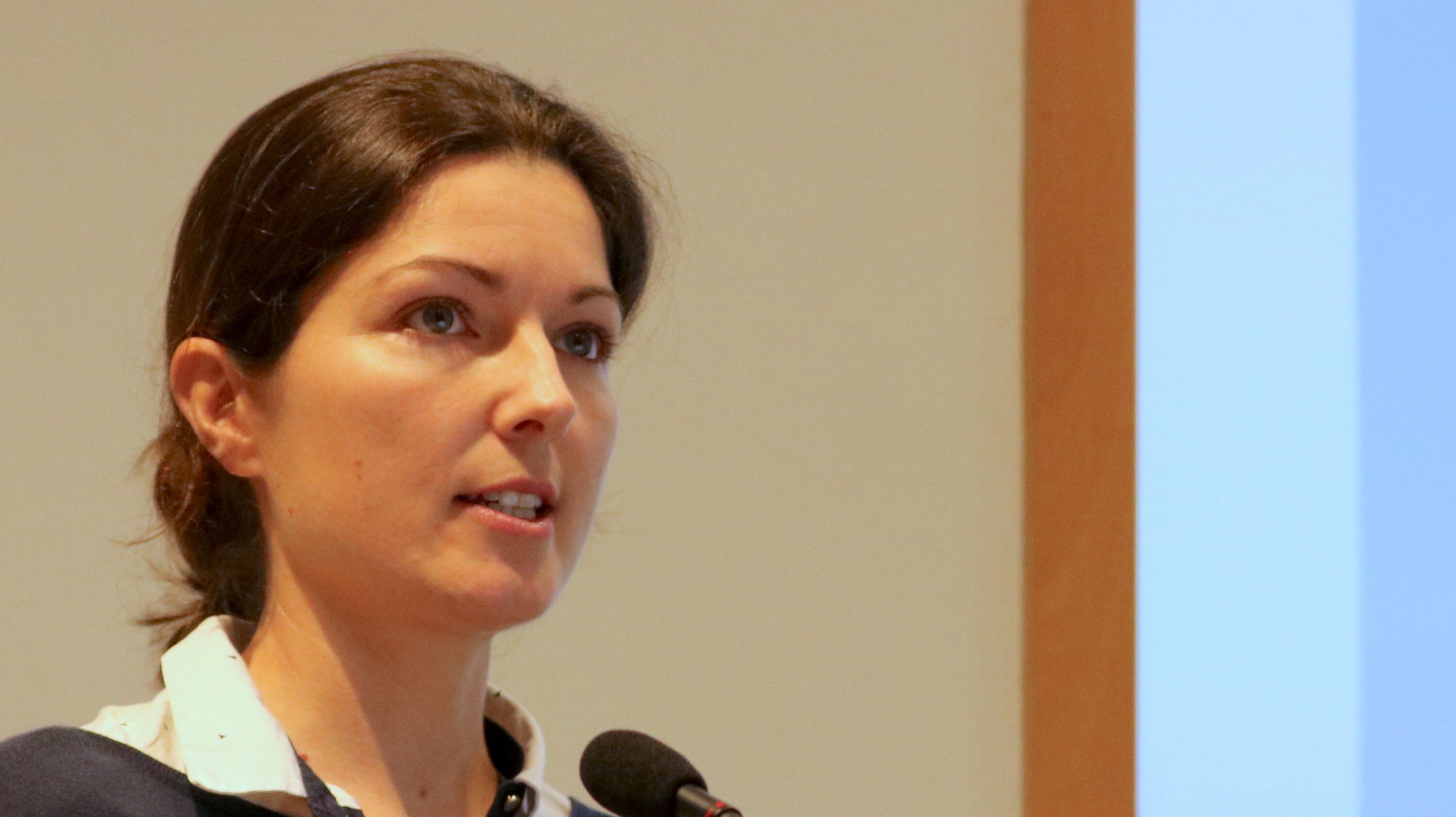
Dr Ellie Sherrard-Smith
Imperial College London
Mosquito control within the home is the mainstay of current and future malaria control yet it is unclear just how effective it can be. The increasing use of insecticide treated bednets and parallel use of indoor residual spraying of insecticides has resulted in substantial reductions in malaria endemicity worldwide, though the number of cases each year has increased since 2013 despite increased bednet coverage. There are many possible explanations for why malaria control has stalled. The emergence of physiological pyrethroid resistance is one driver reducing indoor intervention impact. Another factor could be that indoor based vector control can only go so far and that new ways to target the mosquitoes outside of the home are needed. In this talk, the public health consequences of physiological pyrethroid resistance, and differences in mosquito and human behaviour are assessed using a transmission dynamics mathematical model. Given these challenges will be locally specific, predictions from the transmission model could be used to help make policy decisions on vector control options.
Dr Ellie Sherrard-Smith completed a PhD on wildlife diseases of the Eurasian otter at Cardiff University. She then moved to Public Health England to work on a decision making tool for chlamydia management before moving to study malaria at Imperial College London. Dr Sherrard-Smith developed a statistical method to analyse multigenerational bioassay data on vaccine efficacy. Here, she and her team demonstrated that transmission-blocking antibodies are able to reduce the density of malaria infections in mosquitoes enabling density-dependent pre-erythrocytic antibody to perform optimally. In the most recent 2-years, Dr Sherrard-Smith has focused on vector control and the potential loss of impact due to pyrethroid resistance, the effectiveness of new technologies and the prioritisation of different vector interventions.